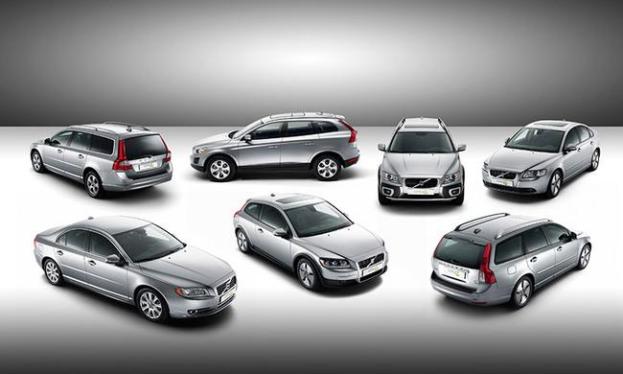 A Volvo test of an experimental high-tech flywheel-based energy capture system in a S60 reveals that the technology could help to reduce a car’s fuel consumption by up to 25 percent. Could the technology be coming soon to their lineup?
A Volvo test of an experimental high-tech flywheel-based energy capture system in a S60 reveals that the technology could help to reduce a car’s fuel consumption by up to 25 percent. Could the technology be coming soon to their lineup?
The system, known as Flywheel KERS (Kinetic Energy Recovery System), is fitted to a vehicle’s rear axle and stores energy captured during braking, a concept related to regenerative braking common in many hybrids. Those braking forces get the flywheel spinning at up to 60,000 revs per minute. Once the car starts to move again, the energy from the flywheel is transferred to a unique transmission that boosts acceleration form a stop – which requires a large amount of power and therefore gas – or it can be used during cruising to boost mpg. KERS is also currently used in top-tier auto racing.
Since cars were invented, energy generated during braking has been dissipated as heat and transferred to the car’s brake systems, which consisted of brake drums early on and later, disc brakes. But KERS changes that in a big way.
In the Volvo KERS system, the gas-powered combustion engine that drives the front wheels is switched off as soon as braking begins. As the brake pedal is pushed, the kinetic energy of the car’s forward motion is stored in the spinning flywheel system. Energy generated from its rotation can then be used to accelerate the vehicle or to power it when cruising, according to Volvo’s official press release on the technology. The system is transparent to the driver; car controls and car behavior are largely normal. And yes, the car still has “normal” brakes for quick stops.

First tested in a Volvo 260 back in the 1980s, the propulsion system has been limited in the past by the weight of the steel used to make flywheels, which limits its rotation capability. The flywheel used by Volvo in their test S60 was instead made of carbon fiber, which is much lighter but allows higher rotational speeds.
Combined with the combustion engine’s full capacity, the KERS system can provide a vehicle with up to 80 more instant horsepower and helped the S60 accelerate from 0 to 100 kmh in 5.5 seconds. Since the technology relies on energy captured during braking, it’s more efficient in city driving where a vehicle typically engages in more stops and starts. Also, no spendy and possibly toxic batteries are required.
KERS is already used in Formula One (F1) racing where it can give a race car a brief (usually 3 seconds or so) surge of power for passing – or it can be used to avoid being passed. It was first used in 2009, then banned in 2010, then allowed again starting in 2011. According to a post on the F1 website, there are three types of KERS systems, including the flywheel system Volvo is testing. There is the electrical system used by the racers and in consumers’ hybrids (using regenerative braking), and a hydraulic system that would use pressure to provide the power boost.
The F1 post says the system is in use “to promote the development of environmentally friendly and road car-relevant technologies in Formula One racing; and secondly to aid overtaking. A chasing driver can use his boost button to help him pass the car in front, while the leading driver can use his boost button to escape.”
Still, the KERS flywheel technology could give Volvo a much needed edge as more carmakers look for ways to meet the needs of urban commuters looking for more fuel-efficient cars.
Paired with a hotter line-up of sub-compact to smaller mid-sized cars, the KERs technology could help steer the Swedish carmaker out of the challenges it experienced last year when it saw a reported sales drop of 6.1 percent.


